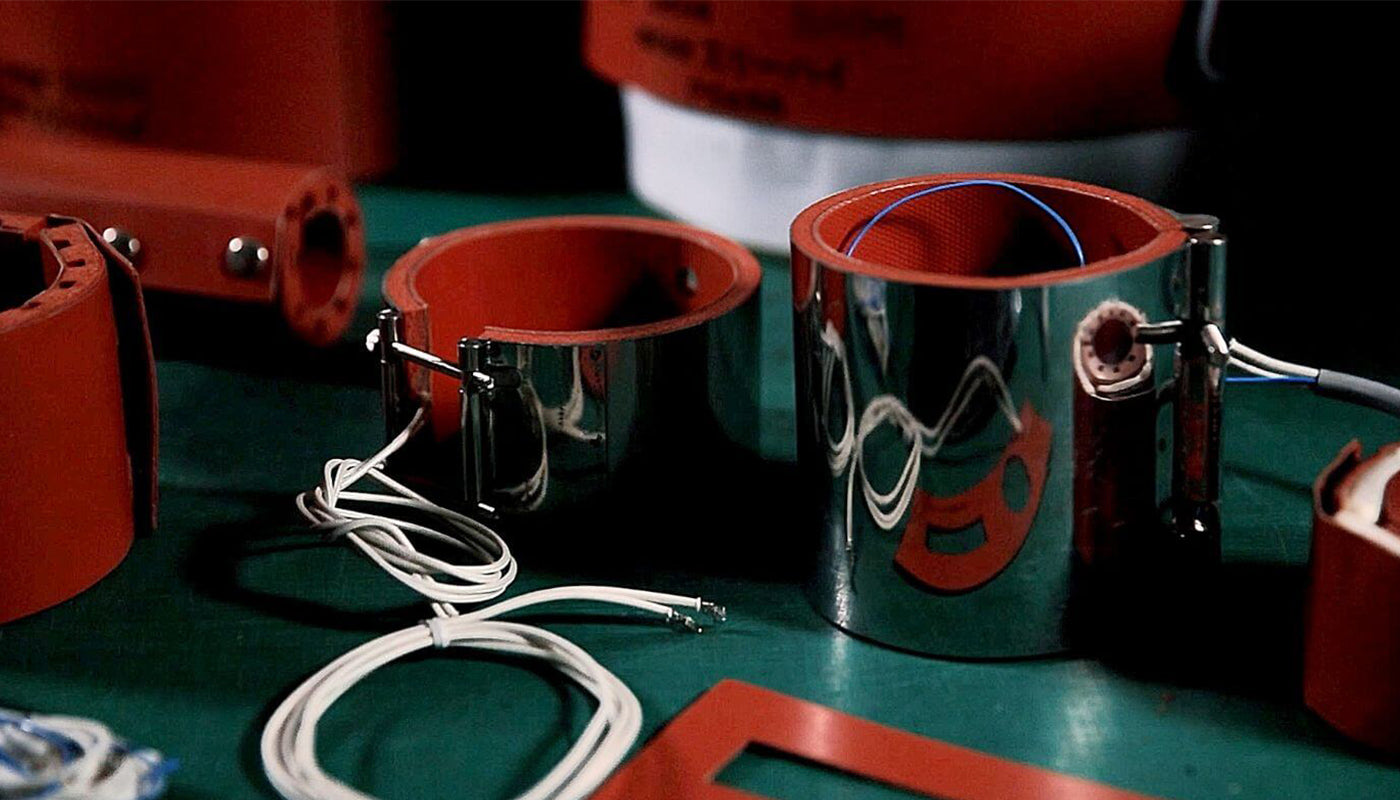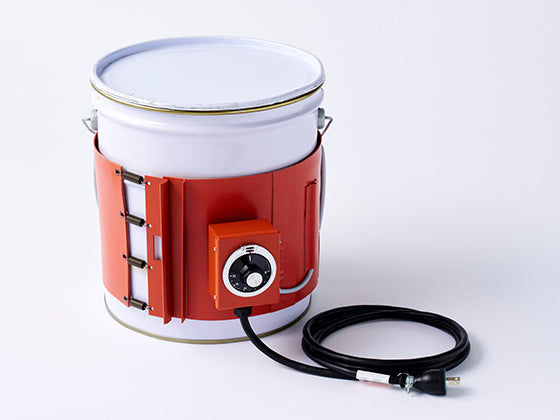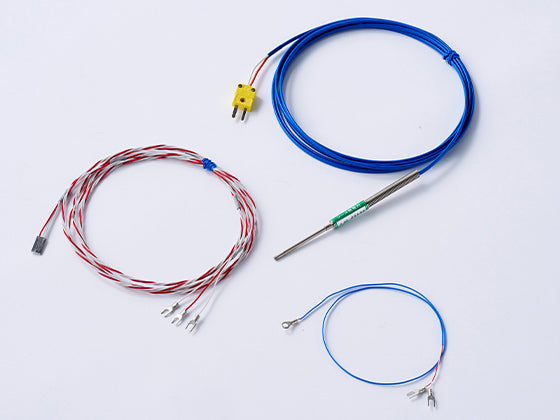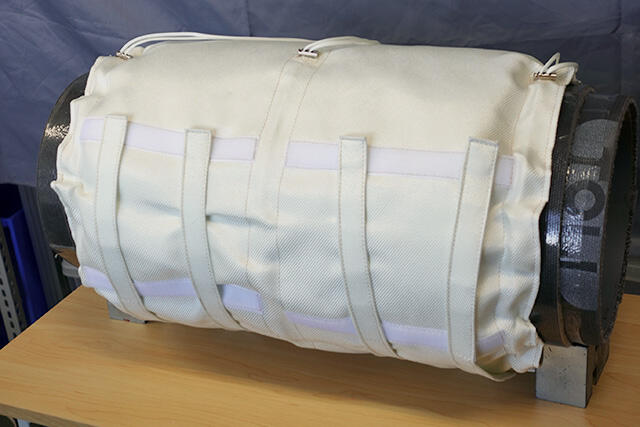Many of the everyday items we use are made of plastic, including miscellaneous goods, toys, household appliances, stationery, and more. To manufacture these plastic products, industrial machines called injection molding machines are used.
Currently, in the facilities where plastic is processed or assembled, there is a concern about the heat generated from the injection molding machines. According to reports, this issue is significantly impacting profitability and the working environment in these facilities.
In this series of three articles, we will address the challenges faced in plastic processing facilities while highlighting the initiatives our company is taking to address them. In the first part, we will discuss the impact of the heat released from injection molding machines, which is essential for plastic processing.
The indispensable injection molding machine for producing plastic products.
First, for those not familiar with the field of plastic products, let me provide a brief overview of the basics of plastic processing.
To create plastic products, a technique called injection molding is employed. In simple terms, this involves melting solid materials, such as synthetic resins, which serve as the raw material for plastic, heating them, and then injecting the molten material into a mold. Once it solidifies, the finished product is removed from the mold.
Rather than explaining in text, it's often clearer to understand through CGI animations.
The injection molding machine is responsible for managing this entire process. The basic mechanism involves placing pelletized plastic raw materials and solid coloring materials into an inverted cone-shaped container called a hopper. These materials are then fed into a cylindrical barrel. Inside this barrel, the two materials are melted and transformed into a liquid state before being injected into a mold. Once solidified, the finished plastic product is removed from the mold.
While the following video is dated, it provides a comprehensive explanation of the entire process carried out by an injection molding machine. Watching it helps to understand the workflow clearly.
Currently, systems are automated to streamline tasks such as retrieving finished products with robotic arms and packing them into boxes, reducing the manual effort required by workers. However, injection molding remains a sophisticated craft that demands skilled expertise.
Heating in the injection molding machine poses a serious issue for expenses and working conditions.
In operational settings like local factories, where plastic products are processed using injection molding machines, a specific challenge arises – the heat released from these machines.
During the plastic processing in injection molding machines, there are two heating stages using heaters. One involves drying the raw materials in the hopper, and the other involves melting the raw materials inside the cylinder. The former is for removing moisture and doesn't require extremely high temperatures. The latter, however, involves heating to high temperatures ranging from 200 to 240 degrees Celsius within the cylinder.

The heat generated during these two processes is released externally, and currently, this released heat has become a significant issue.
One problem is the electricity cost associated with the operation of injection molding machines. The consecutive increases in electricity rates are impacting the financial management of factories. Particularly, the high-temperature heating of the cylinder's heaters consumes a significant amount of electricity, leading to increased expenses. Due to the inability to transfer these costs to product prices, maintaining profitability requires controlling production expenses. The ongoing rise in electricity costs is expected to affect the overall profitability.
Another issue is the rise in indoor temperatures and its impact on the health of workers due to the heat dissipation. With recent climate changes, summer days with temperatures exceeding 30 degrees Celsius have become more frequent. Consequently, heatstroke prevention measures are emphasized not only outdoors but also indoors. In workplaces with injection molding machines, the heat released by the heaters significantly increases indoor temperatures during the summer. This not only compromises the health of workers due to the heat but also increases the risk of heatstroke. To address this, it becomes necessary to lower the air conditioning temperature to cool the indoor environment. Naturally, this incurs additional electricity costs for air conditioning. Despite the associated electricity expenses, the use of air conditioning is essential for maintaining the health of workers and the working environment. This creates a practical dilemma, as cutting costs conflicts with the goal of preserving the working environment.
In this way, the released heat poses a challenge to balancing cost reduction and maintaining the working environment. Factories operating multiple injection molding machines are reported to be grappling with a significant dilemma.
The Savior for Problem Solving: Insulation Jackets
At our company, we are deeply committed to addressing the challenge of heat released from injection molding machines in plastic processing facilities. As a solution, we believe that the best approach is to prevent the heat generated by heaters from escaping.
By containing the heat internally, the following benefits can be achieved:
Reduced Power Consumption for Heating:
By trapping the heat internally, the operation of heaters can be mitigated. Consequently, this results in lower power consumption for heating, leading to cost savings in electricity.
Suppressed Increase in Indoor Temperature, Reducing Air Conditioning Power Consumption:
Preventing the release of heat from the heaters can help suppress the rise in indoor temperature. This, in turn, prevents situations where workers might be at risk of heatstroke during the summer. Additionally, it allows for a relaxation of the air conditioning set temperature, reducing electricity consumption for cooling.
The savior to realize these benefits is the insulation jacket.

The insulation jacket is an insulating material that can be placed over or wrapped around the heated portions to prevent the release of heat to the external environment. By installing this on hoppers and cylinders, it helps to minimize heat dissipation to the surroundings. When actually attached to the cylinder, it looks like this.

When using our company's insulation jackets, it is reported that the perceived heat released into the indoor environment is significantly reduced, resulting in cost savings on electricity.
In the next installment, we will provide a detailed explanation of the insulation jacket.









